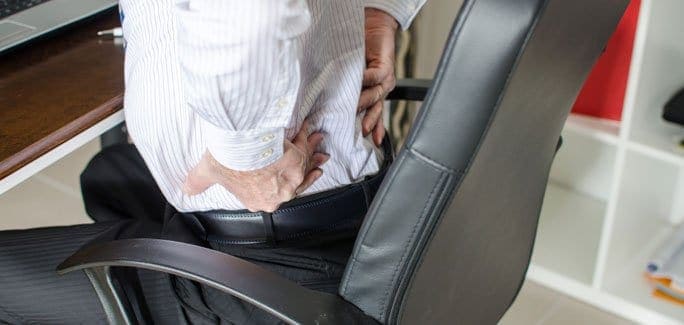
It seems like everyone has a bout of back pain from time to time, and many people suffer from chronic back pain that they treat with analgesics and opioid pain medications. But while medications may relieve your pain, they are ineffective in resolving the underlying cause of pain.
Some common causes of back pain include:
Since back pain is a mechanical rather than a metabolic issue, it stands to reason that drugs can do little to resolve it. What’s more, both NSAIDs and opioids have serious harmful effects on your health, and should be taken sparingly or avoided altogether.
Physical therapists are accustomed to working with chronic back pain patients, and know how to get to the source and resolve it. Therapy may include gait and postural retraining, manipulative therapy, exercises and stretches to balance muscle tension, massage and other treatments to relieve pain, and much more.
You do not have to live your life with chronic back pain or rely on drugs to help you cope. At NYDNRehab, we are dedicated to resolving back pain, not just treating the symptoms. Contact NYDNRehab today and let our back pain specialists help you resolve your chronic back pain and improve your quality of life.
Dr. Lev Kalika is a world-recognized expert in musculoskeletal medicine. with 20+ years of clinical experience in diagnostic musculoskeletal ultrasonography, rehabilitative sports medicine and conservative orthopedics. In addition to operating his clinical practice in Manhattan, he regularly publishes peer-reviewed research on ultrasound-guided therapies and procedures. He serves as a peer reviewer for Springer Nature.
Dr. Kalika is an esteemed member of multiple professional organizations, including: